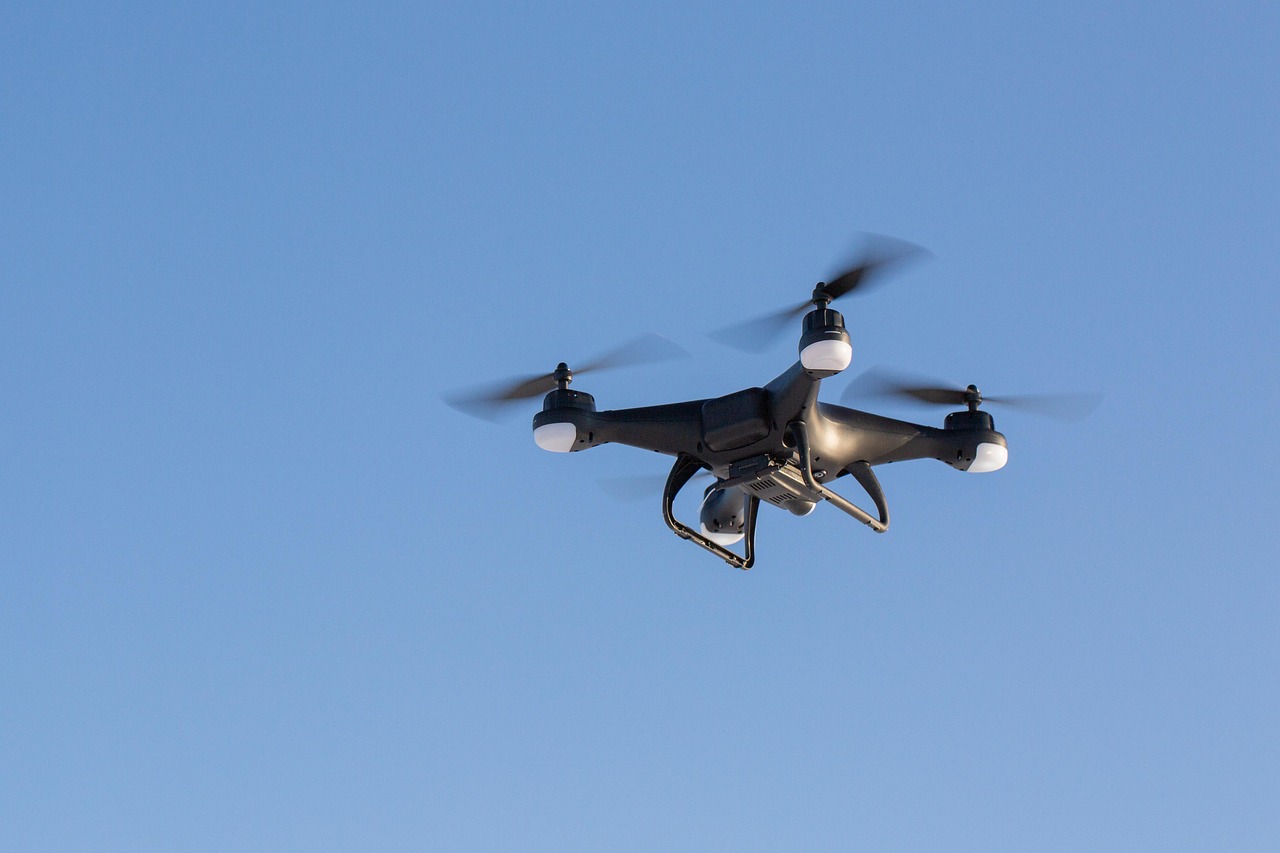Unveiling the Potential of Telecommunication Drones
The advent of drone technology has brought a new wave of possibilities in the field of telecommunications. This article delves into the emerging trend of telecommunication drones, offering a comprehensive exploration of their history, current application, and future implications.

The Inception of Telecommunication Drones
The use of drones, or Unmanned Aerial Vehicles (UAVs), in telecommunications is a relatively recent development. The history of drones dates back to the early 20th century, but their application in telecom wasn’t explored until the 21st century. The 2010 Haiti earthquake marked a significant turning point when drones were used to establish temporary communication networks in disaster-stricken areas. This sparked the idea of utilizing drones as mobile telecom towers, a concept that has been gaining traction ever since.
Current Trends in Drone Usage in Telecom
Presently, telecom drones are being used in various ways. In disaster relief efforts, they serve as temporary communication networks, facilitating rescue operations. Telecom companies are also using drones for tower inspections, reducing human risk and increasing efficiency. Furthermore, telecom drones are being used for data collection, helping companies better understand user behavior and network performance.
Regulatory Landscape Surrounding Telecom Drones
The regulatory landscape surrounding drone usage in telecommunications is continually evolving. Currently, drone usage is regulated by aviation authorities worldwide, with specific regulations varying from country to country. However, as the potential of drone technology becomes more apparent, there is a growing call for regulations that specifically cater to the use of drones in the telecom sector.
Challenges and Opportunities of Drone Usage in Telecom
Telecom drones, while promising, face several challenges. These include technical issues like limited flight time and battery life, regulatory hurdles, and privacy concerns. However, the potential benefits far outweigh these challenges. Telecom drones can help reach remote areas, enhance network capacity during peak times, and provide temporary network coverage during disasters.
Practical Applications and Future Implications
The practical applications of telecom drones are vast and varied. From improving network coverage and quality to aiding in disaster management, the possibilities are endless. Looking forward, drones could play an essential role in the realization of smart cities, where seamless connectivity is crucial. As drone technology evolves, so will its applications in telecommunications, paving the way for a connected future that we can only begin to imagine.
In conclusion, while telecommunication drones are still in their infancy stage, their potential is undeniable. They represent a unique convergence of technology that could redefine the future of connectivity. As we continue to push the boundaries of what’s possible in telecommunications, drones may very well become an integral part of our connected world.





